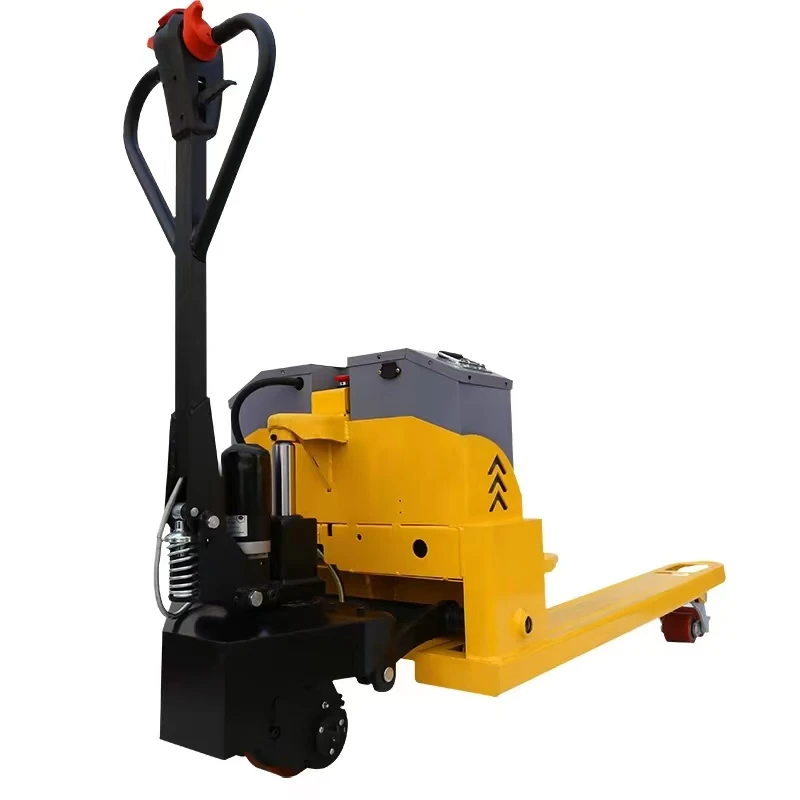


Understanding Chain Blocks and Lever Hoists Essential Tools for Lifting
In the world of construction, manufacturing, and maintenance, the ability to lift heavy loads safely and efficiently is crucial. Two of the most commonly used tools for this purpose are chain blocks and lever hoists. Both devices serve similar functions but operate on different principles, catering to various lifting needs. This article explores the features, applications, and advantages of chain blocks and lever hoists, highlighting their significance in various industries.
What is a Chain Block?
A chain block, also known as a chain hoist, is a device that utilizes a chain to lift heavy objects vertically. The basic components of a chain block include a load chain, a hand chain, a lifting mechanism, and a hook for securing the load. When the hand chain is pulled, it engages the lifting mechanism, which in turn raises or lowers the load chain, thereby allowing heavy objects to be lifted with minimal effort.
Chain blocks come in various capacities, typically ranging from 0.5 tons to over 10 tons. They are often used in environments such as warehouses, construction sites, and factories. Their robust design makes them suitable for frequent use in demanding conditions, providing reliability and safety during lifting operations.
What is a Lever Hoist?
A lever hoist, or lever block, is another lifting device that works based on the principle of mechanical advantage. It consists of a lever arm, a ratchet mechanism, and a load hook. When the handle is pulled down, the ratchet engages and moves the load upwards. Releasing the handle allows the ratchet to hold the load in place.
Lever hoists are particularly valued for their portability and ease of use. They are available in various capacities typically ranging from 0.5 tons to 9 tons, making them versatile for different applications. Unlike chain blocks, lever hoists can be operated in tight spaces, making them ideal for overhead lifting in constrained environments.
Comparisons and Applications

While both chain blocks and lever hoists are designed for lifting, they cater to different needs based on the work environment and type of load.
1. Ease of Use Chain blocks often require more space for operation since they involve pulling a hand chain. In contrast, lever hoists can be operated with a single hand, making them efficient for quick lifts and adjustments.
2. Weight and Portability Lever hoists are generally lighter and more portable compared to chain blocks, which can be bulky depending on their capacity. This portability makes lever hoists ideal for fieldwork or situations where lifting needs may change frequently.
3. Load Capacity Chain blocks typically offer higher load capacities than lever hoists, making them the better choice for extremely heavy loads. In contrast, lever hoists are more appropriate for lighter, more maneuverable tasks.
4. Lift Speed Chain blocks tend to lift loads more slowly compared to lever hoists, which can raise and lower loads more quickly due to their operational design.
Both chain blocks and lever hoists have their specific applications. For example, chain blocks are often employed in the construction industry for hoisting steel beams or heavy machinery, while lever hoists are used in maintenance and repair tasks, loading docks, and places where space constraints exist.
Safety Considerations
Safety is paramount when using any lifting devices. Operators must ensure that the equipment is rated for the load being lifted and conduct regular inspections for wear and tear. Proper training on how to use each tool safely and effectively can greatly reduce the risk of accidents and injuries.
In conclusion, both chain blocks and lever hoists are invaluable tools across various industries, enabling safe and efficient lifting of heavy loads. Understanding their features, benefits, and appropriate applications is essential for optimizing their use. By choosing the right lifting device for the task at hand, workers can enhance productivity while maintaining safety in the workplace. Whether it’s a robust chain block or a versatile lever hoist, having the right equipment can make all the difference in achieving lifting success.



